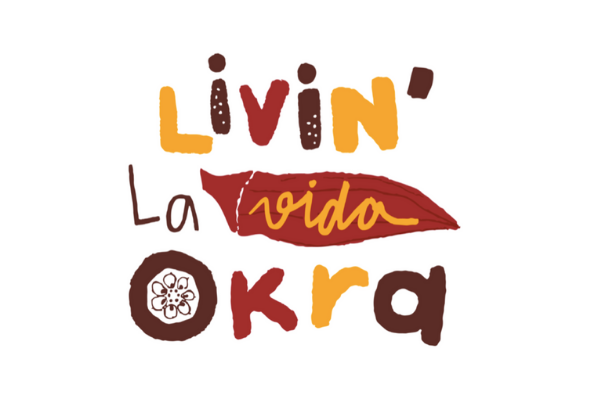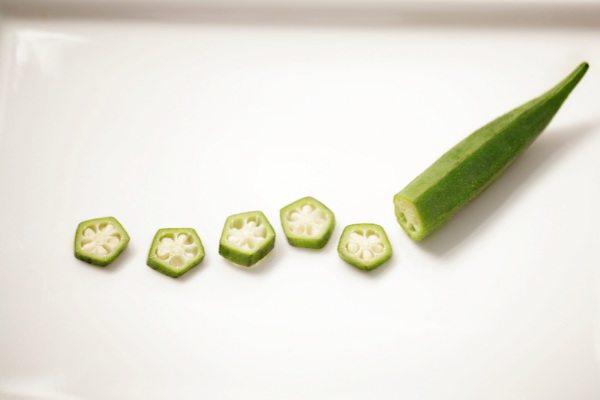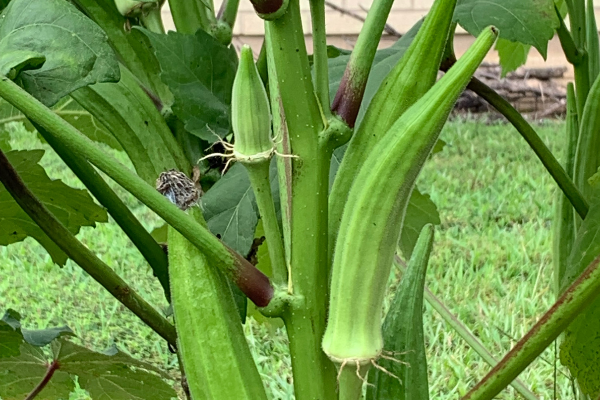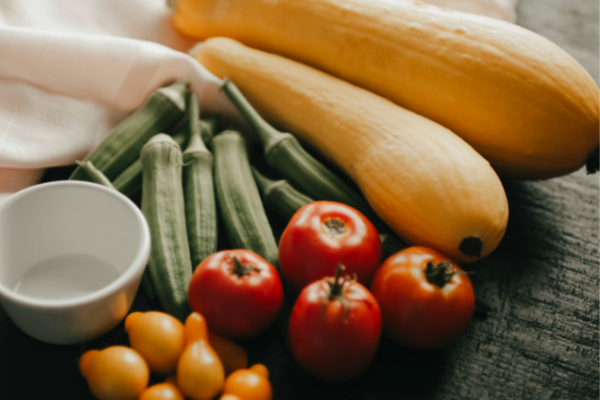Month: October 2021
Farm to School Month: Living La Vida Okra

It’s Farm to School month again. We’re excited about the theme this year: Living La Vida Okra!
Okra is an often misunderstood vegetable, and both adults and children sometimes struggle with finding a way to incorporate it into a regular diet. But the nutritional benefits of okra are incredible, and with just a little preparation, it can be delicious too. Let’s take a closer look at what it means to be living la vida okra this year.

The History of Okra
Okra has a long and rich history. It was first discovered in Northeastern Africa, and the earliest written record came from a Spanish-Arab scientist traveling through Egypt. Okra was grown throughout the Middle East and North Africa, and the dried seeds were even used as an alternative to coffee. Okra wasn’t only used for food; it was used as a medicine, textile, and in early religious practices.
Okra was brought to the United States during the African slave trade. It thrives today largely due to the influence of the decedents of enslaved people, including the Gullah Geechee and Creole people who live in coastal areas of South Carolina, Georgia, and Louisiana. They used traditional methods of making okra and passing those recipes down through the generations.

Nutritional Information
Just one cup of okra contains:
- 33 calories
- 14% of daily Vitamin A
- 26% of daily Vitamin K
- 26% of daily Vitamin C
- 14% of daily Vitamin B6
- 14% of daily Magnesium
- 15% of daily Folates
You can see that Okra has some superpowers in terms of nutrition. The minerals and antioxidants help prevent chronic health conditions, including cancer and heart disease. And there is ongoing research about how okra can help regulate blood sugar levels.

How to Grow Okra
You can grow okra at home. It thrives in heat and full sun and grows best if planted when the days are consistently warm. However, it’s adaptable and will likely grow wherever it’s planted as long as it gets enough sun. It also thrives with the right companion plants, including peppers and eggplant.
Okra can be slow to start, so you can soak the seeds overnight before planting to speed up germination. It prefers to be direct-seeded rather than transplanted, and it needs enough room to grow. Sow seeds about one inch deep and spaced around 18 inches apart. You can also grow okra in containers if they have drainage holes and are big enough to support the growing plant.

Easy Delicious Okra Recipe
One of the biggest complaints about okra is that the texture is “slimy.” As it turns out, that slime is good for our health. It helps regulate cholesterol levels and can stop blood clots from forming.
But to make a kid-friendly okra recipe, many people turn to frying. But fried foods aren’t the healthiest, so here’s an alternative. These okra nuggets are baked in the oven and can even be frozen and reheated for convenience.
We want to hear from you. How are you living la vida okra this year?
